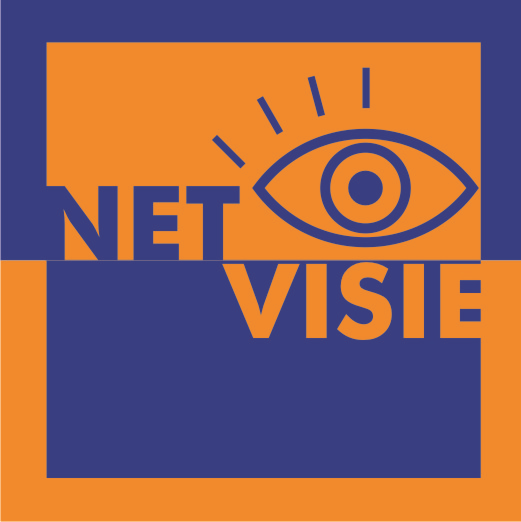IT migration projects
Project Planning:
Define Objectives: Clearly outline the goals and objectives of the migration.
Scope: Identify the specific components that will be migrated.
Risk Analysis: Assess potential risks and develop mitigation strategies.
Stakeholder Communication:
Communication Plan: Develop a plan for keeping stakeholders informed throughout the migration process.
User Training: Provide training to end-users if the migration involves changes to software or workflows.
Infrastructure and Platform Selection:
Selecting New Environment: Choose the appropriate hardware, software, and cloud services for the migration.
Compatibility: Ensure that existing applications and data can function in the new environment.
Data Migration:
Data Cleansing: Clean up and organize data to eliminate redundancies and improve quality.
Migration Tools: Use specialized tools or scripts to move data efficiently.
Validation: Verify that data has been successfully migrated and is accurate in the new environment.
Application Migration:
Compatibility Testing: Ensure that applications are compatible with the new infrastructure.
Code Modifications: Modify application code if necessary for compatibility.
Testing: Conduct thorough testing of applications in the new environment before the actual migration.
Testing:
Pre-Migration Testing: Test the migration process in a controlled environment.
User Acceptance Testing (UAT): Have end-users validate the migrated systems and provide feedback.
Performance Testing: Assess the performance of applications and infrastructure in the new environment.
Execution:
Implementation Plan: Develop a detailed plan for the actual migration, including timelines and responsibilities.
Rollback Plan: Have a contingency plan in case issues arise during migration.
Monitoring: Continuously monitor the migration process for any issues.
Post-Migration Activities:
Validation: Verify that all data and applications are functioning as expected.
Optimization: Fine-tune configurations for optimal performance.
Documentation: Update documentation to reflect the changes in the IT environment.
Closure:
Handover: Hand over the migrated environment to the operations team.
Documentation: Update final documentation for reference.
Successful IT migration projects require meticulous planning, coordination, and thorough testing to ensure a smooth transition with minimal impact on business operations. Regular
communication with stakeholders and the flexibility to address unexpected challenges are also crucial for success.
